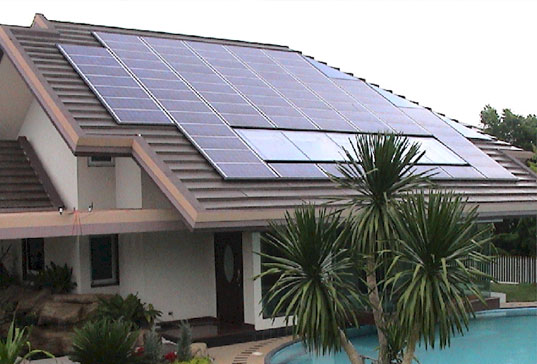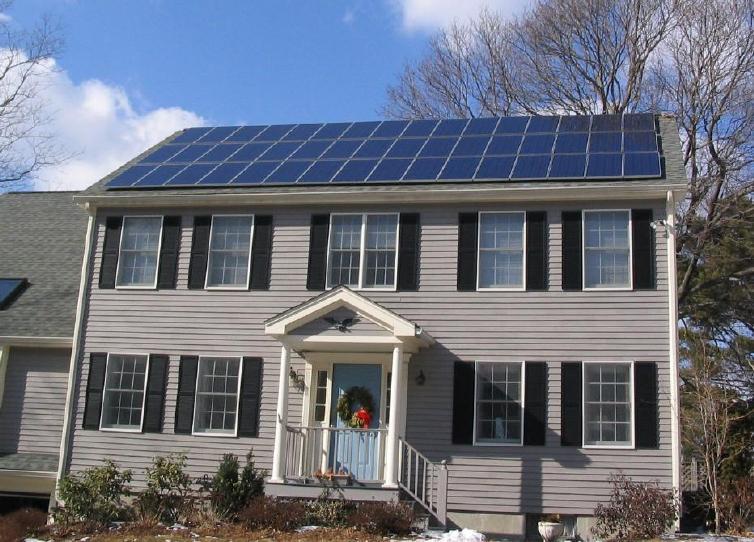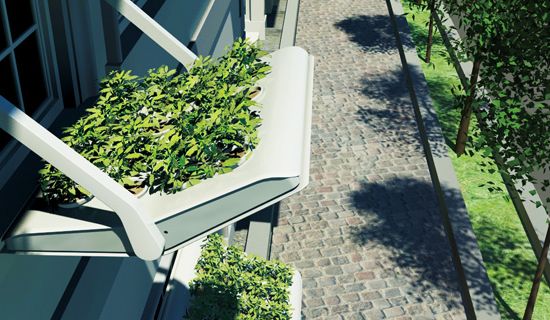With the many ways available to make sustainable Earth friendly living a reality in your home now, many people are looking for the next big step. Sorting recyclables has become the norm, and adopting an upcycle and reuse mentality for all the products in your home is common. The next big step for the eco-conscious Samaritan is direct energy from sustainable resources.
Is Solar Energy Practical Now?
This is the big question many have. Good intentions do not pay the bills unfortunately so at some point in our trend towards sustainable living the realities of budget take a prominent position. While nearly all have found that most energy saving tips and recycling and upcycling programs actually save money as well as the environment, when it comes to the big projects a closer look at cost and returns are needed.
The answer on solar energy conversion costs for the typical house definitely falls into the realm of needing logic and facts to support desire to be a better steward of the environment. To arrive at the correct answer for your home you need to make considerations on a scale that is affordable both in the short term and the long term while addressing your family’s energy needs.
If you are thinking on the scale of placing 80-100 photo-voltaic panels on your roof with the intention of unhooking from the main energy grid and becoming 100% energy independent then the answer is going to be a “no” in terms of both affordability and practicality in 99% of all cases. Unfortunately, in many minds that is all that exists, the all or nothing mentality. If people will consider a moderated approach where they start by adding solar energy as a supplement to reduce the reliance on conventional energy sources then the answer is a resounding yes in the majority of the cases.
Supplement Instead of Replace
To begin a conversion to solar energy on the home level, start with modest goals of reducing energy from fossil fuel sources and the national grid. You do not need to become 100% or even 70% independent to make a difference in both the impact on the environment as well as finding real savings for your budget. More importantly, while full scale conversions to solar with the intention of getting the majority of power from your own solar panels are cost prohibitive, the gradual adaptation of these technologies on an ongoing basis is both affordable and practical.
Areas that many homeowners should consider for these gradual adaptations are for solar hot water and for providing electric to small sections of the home or out buildings such as sheds, workshops, and garages.
The technology for solar hot water heaters is well developed and merges very easily into the existing infrastructure of the typical home. The pay back periods for the initial investment is typically under 5 years and when taking advantage of tax incentives and government programs it can often be less than 2 years. Then the long term savings really make a difference when the budget was not ruined by upfront costs. Installers that specialise in solar electricity and solar hot water systems are becoming more common place and the competition has made them more affordable.
For adding solar provided electric to your home, rather than trying to convert all at once, simply adding it into the building plans of an addition, or planning it for a small area such as the workshop or shed makes the upfront cost affordable while still allowing the surplus energy gathered during the day that is not used to be fed back into the grid by grid tie inverters for use in the form of credits from the utility company in other portions of the home in the evening and at nights. These small projects that can be done for minimal upfront cost are easily expanded as time goes on to get an ever greater amount of your energy from solar.





